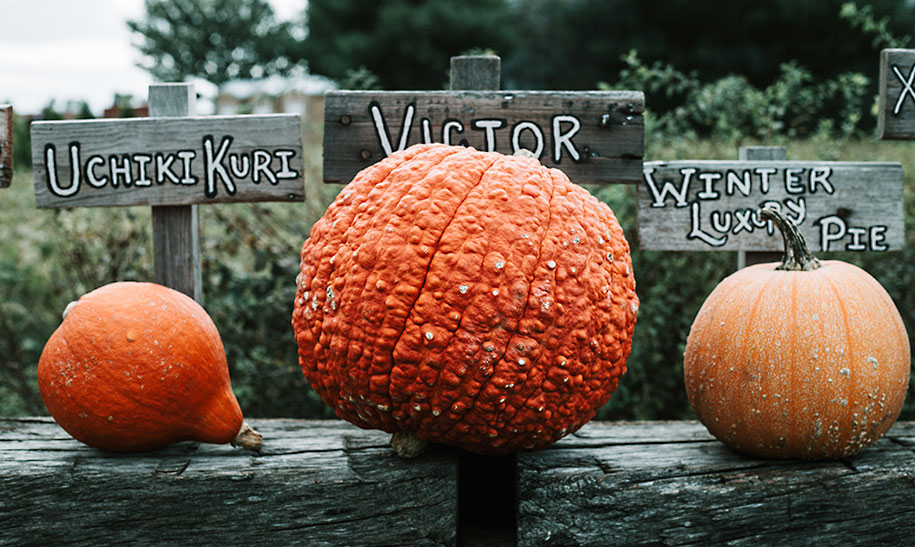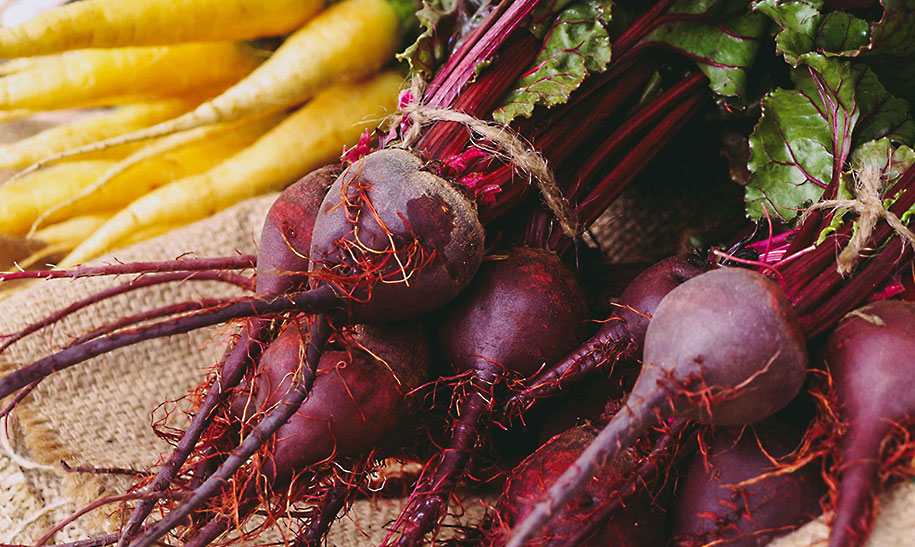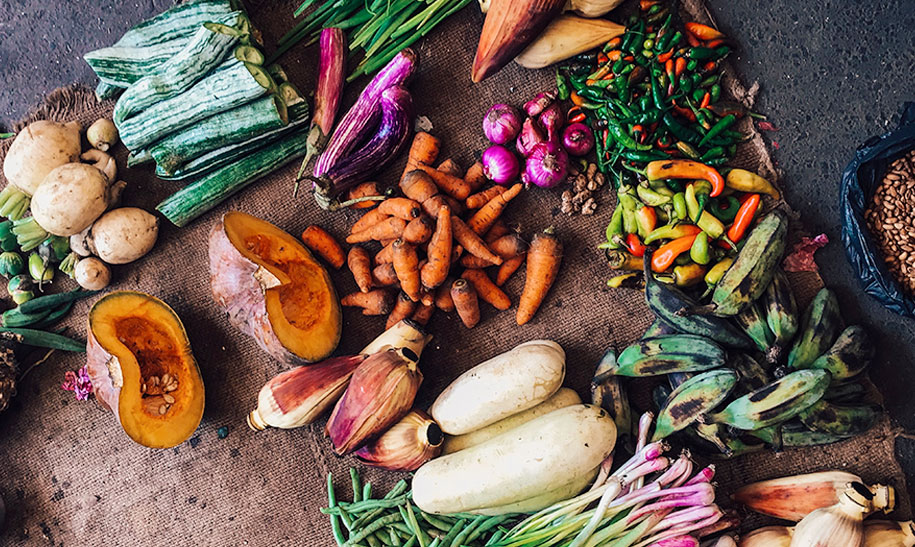As we enter the autumn season, it’s a great time to start thinking about shifting our diets to reflect the bounty of nature’s harvest available in the fall. By focusing on seasonal eating, we can become more in tune with nature, with our body’s’ needs, and on doing what’s best for the environment.
At its core, seasonal eating means that you’re eating fresh produce at a time of year when it’s naturally ready for harvest. Not that this is not a new concept; if you look at the diets of people 100 years ago, they simply ate what was available to them and ripe at the time.
Eating seasonally can be better for the environment, especially because eating seasonally generally means the food is traveling a lesser distance to get to you. By reducing the number of airplanes, trucks, trains, and boats needed to transport your food from where it’s grown to your plate, you’re reducing your carbon footprint.
Seasonal eating helps us:
- Become more in tune with nature; know what’s available and ripe
- Become more in tune with what our body needs; food is fresher and more nutrient-dense
- Do what’s best for the environment; food travels less distance to get to you reducing its carbon footprint
Health impacts of seasonal eating
Seasonal produce is fresher, tastes better, and is more nutrient-dense than produce that was shipped from another area of the world. This is because in order to allow for long-distance travel, produce is often harvested far before peak ripeness, to ensure it doesn’t arrive to you already spoiled. Produce that is picked at peak ripeness means peak nutrients as well…So if you’re purchasing fresh strawberries in the middle of winter, I would question how many days those berries had to travel, and how far in advance of their peak ripeness they needed to be picked in order to last the journey.
The fall and winter seasons feature root vegetables
The fall and winter seasons feature root vegetables, which tend to be deeper in color, sweeter in flavor, and juicier during this time of year. Featured vegetables include pumpkin, squash, beets, radishes, onions, potatoes, carrots, kale, leeks, and broccoli; think of things that tend to grow underground. Fall fruits include apples, plums, grapes, figs, and pears. Many of these options tend to be on the starchier side-perfect for helping us bulk our energy reserves up for winter! Historically speaking, our ancestors harvested their crops in the fall and were able to store these energy-dense foods during the winter months when produce was scarce. This helped us eat fresh produce during the cold winter months and likely helped with survival. Fermentation was another way to help preserve the bounty of the late summer and fall to ensure nutrient-dense produce was available deep into the winter.
There are several easy ways to eat seasonally and locally, starting with becoming a member of a local Community Supported Agricultural program, or CSA.
You normally pay for a yearly or monthly subscription to a farm or group of farms, and since the money is paid upfront, it allows farmers to fund the operational costs of their labor. In turn, you receive a box of local produce each week/month! This is a fun way to learn what’s in season and experience new fruits and vegetables that you may otherwise have never tried. Find a local CSA here.
Take advantage of your local farmers market.
Often produce found in farmers markets has been harvested within the past 24 hours, ensuring peak ripeness, flavor, and nutrition. You also have the opportunity to speak with the person growing your food–an opportunity we don’t often get when shopping at a grocery store. You can ask questions about chemical and pesticide use, as well as when to expect your favorite produce to come into season. You often get a better deal on produce when shopping at a farmers market as well.
It’s a good idea to consult a crop harvest calendar, or growing guide, that is local to your area. This will help you learn what’s grown in your area, and when you can expect it to show up in your grocery store (in season). When you are shopping, be sure to check where produce comes from. Chains will often highlight locally grown, in-season produce towards the front of the produce section, but you always want to check that you’re buying it from a local farm. No reason to purchase strawberries from California when it’s peak strawberry season in New York! If you find produce that’s grown half-way around the world, that’s a key tipoff that you’re not eating in season, and certainly not locally. Feel free to ask your grocer where things come from as well.
Eating seasonally helps us tune in to the natural rhythms and changes of the season, as well as the needs of our bodies
We honor our increased need for starch and carbohydrates when we eat autumnal produce; eating carbohydrates during the colder, darker months helps to encourage the production of serotonin, our major mood stabilization, and appetite-regulating hormone. It’s natural for our food intake to vary with the seasons, from lighter fare in the summer months when we’re most active, to starchier produce in the colder months when we turn inward and hibernate. This fall, lean into your cravings for starchier produce and experiment with recipes that feature some of the fall foods that were highlighted in this article. Happy Fall! 🍁





